In Visual Studio 2015 Community I have a sample ASP.NET 5 (vNext) project and a project with unit tests (xUnit.net). The version of DNX is 1.0.0-beta5. My goal is to add messages during the test run to the output pane. Here I took a way to do this, so my unit test code looks like this:
using Xunit;
using Xunit.Abstractions;
namespace UnitTests
{
public class UnitTest1
{
ITestOutputHelper output;
public UnitTest1(ITestOutputHelper output)
{
this.output = output;
}
[Fact]
public void TestTestTest()
{
output.WriteLine("Test Message");
Assert.Equal(2, 2);
}
}
}
Visual Studio Test Explorer discovers this test (and that's OK), but all I have in the Output pane (from Tests) is:
------ Run test started ------
------ Test started: Project: UnitTests ------
Starting Microsoft.Framework.TestHost [C:\Users\*******\.dnx\runtimes\dnx-clr-win-x86.1.0.0-beta5\bin\dnx.exe --appbase "C:\Users\*******\Documents\Visual Studio 2015\Projects\MvcMovie\UnitTests" Microsoft.Framework.ApplicationHost --port 55837 Microsoft.Framework.TestHost --port 55893]
Connected to Microsoft.Framework.TestHost
Running tests in 'C:\Users\*******\Documents\Visual Studio 2015\Projects\MvcMovie\UnitTests\project.json'
========== Run test finished: 1 run (0:00:03,2267169) ==========
Also, there is not any link "Output" under the selected test run information, like here:
 (Only "Test passed... Elapsed time ...")
(Only "Test passed... Elapsed time ...")
What should I do to make this ITestOutputHelper work?